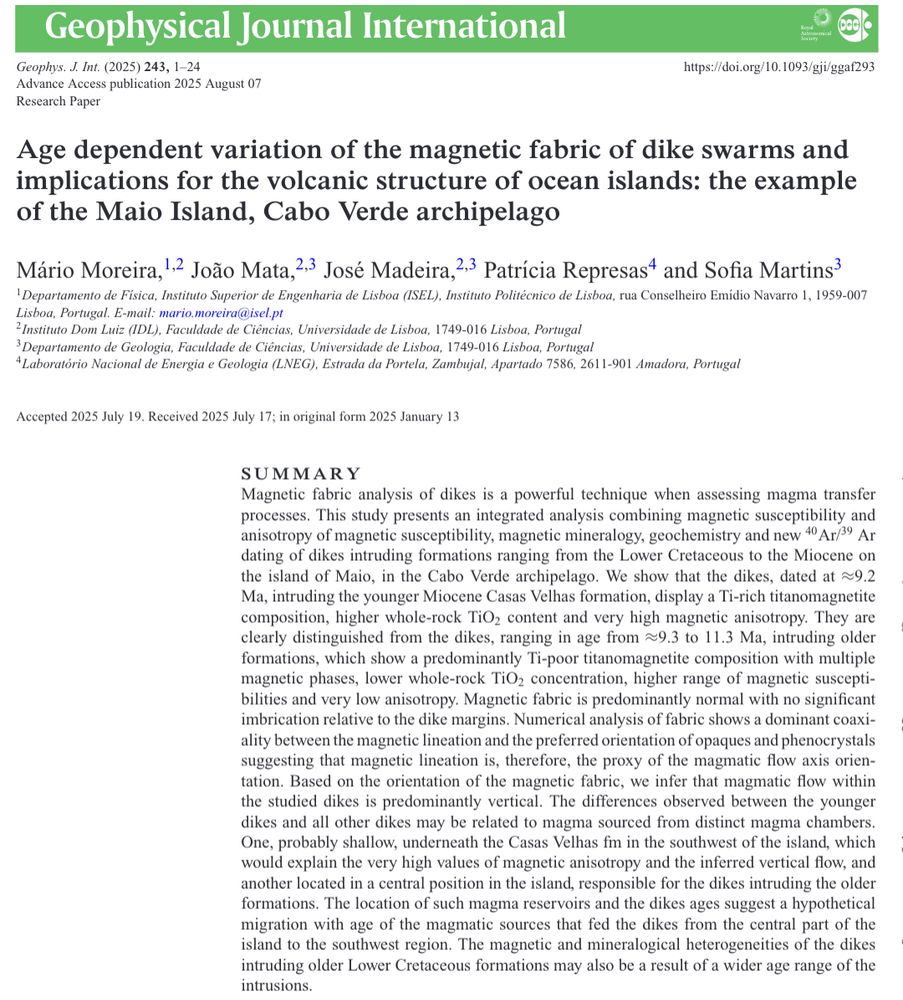RAS Journals
@rasjournals.bsky.social
570 followers
480 following
800 posts
Official account for Monthly Notices of the Royal Astronomical Society (MNRAS), Geophysical Journal International (GJI) and RAS Techniques and Instruments (RASTI). See also https://academic.oup.com/rasjournals
Posts
Media
Videos
Starter Packs
Reposted by RAS Journals
Reposted by RAS Journals
Reposted by RAS Journals
Reposted by RAS Journals
Reposted by RAS Journals
Reposted by RAS Journals
Reposted by RAS Journals
Reposted by RAS Journals
Reposted by RAS Journals




























